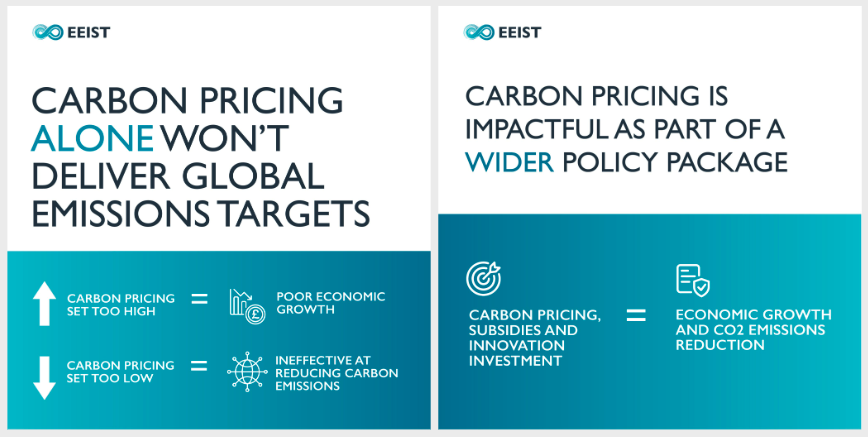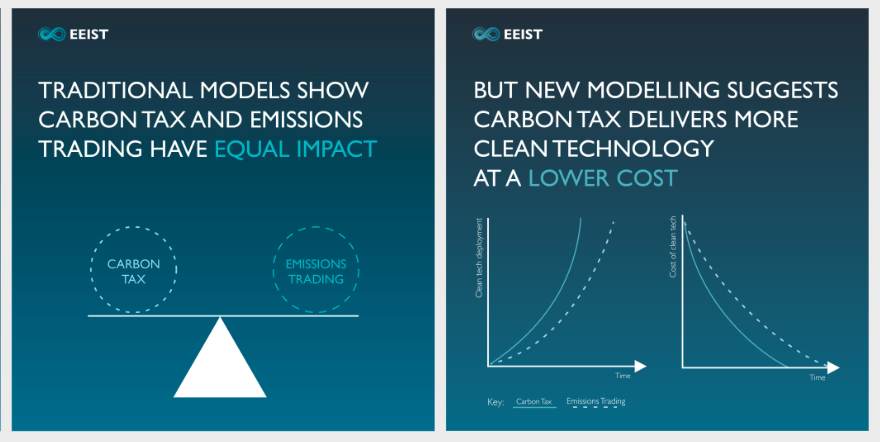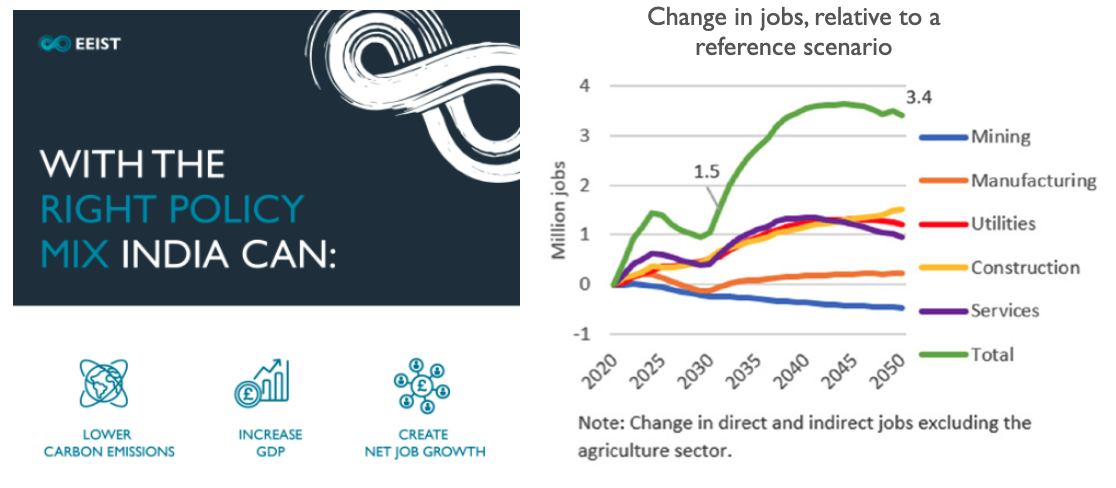Better economic modelling can unlock a faster and fairer clean energy transition

Peter Barbrook-Johnson
As well as being a Research Lecturer at the Smith School of Enterprise and the Environment, I am a Technical Modelling Lead in a project called the Economics of Energy Innovation and System Transition (EEIST). The aim of EEIST is to use cutting edge methods, which exist in the sciences of complexity and economics, to support government decision making around the low-carbon transition.
We recently launched a report on new economic models, which we believe could greatly improve government policy design, leading to better outcomes for all.
Why does the government need new models for designing climate policies?
Existing models, like those the IPCC and treasuries use, are great at many things, but not at thinking about climate action as a dynamic issue, requiring strategic shifts in the economy and policy targeting individual sectors.
For practical policy-focussed analysis, we need dynamic models which allow us to represent details of policy implementation in individual sectors – this is where complexity economics and systems thinking add real value.
Let’s look at what examples we have in the report…
At a global scale, colleagues at INET Oxford, Rupert Way, Matthew Ives, Penny Mealy and Doyne Farmer look at the likely cost of different energy technologies and of a fast, slow, or no transition. They find that a fast transition is the most cost-effective option, potentially saving the world economy trillions of dollars.
Francesco Lamperti and Andrea Roventini consider the policy mix that might get us to net zero. Using agent-based modelling, they find carbon pricing has a role to play, but only as part of a package of policies. We also need subsidies and investment to bring about the change we need.

All sounds too good to be true?
Some sectors and communities will face greater challenges than others as a result of the clean energy transition. The beauty of complexity economics methods is that they are fine-grained, so can help us work out exactly where these challenges will fall.
A team of us including myself, Anna Berryman, Joris Bücker, Fernanda Senra de Moura, R. Maria del Rio-Chanona, Penny Mealy, Marek Hanusch, and Doyne Farmer look at this for Brazil, identifying occupations which might face unemployment in the transition. But, we also find that lower-carbon development paths appear better for jobs overall.

The minutiae of policy design
From Global Systems Institute (GSI), Cambridge Econometrics, and The World Bank, a team including Aileen (Mei Mei) L., Pim Vercoulen, Jean-Francois Mercure, and Simon Sharpe look at policy to support EV uptake. They find we are close to an EV tipping point and that mandates and regulations look the most cost-effective.

A big team, including Simon Sharpe, colleagues from Beijing Normal University led by Zhangang Han, Aled Jones, Davide Natalini, and myself, looked at carbon pricing using systems mapping & agent-based modelling. Understanding the dynamic differences between fixed taxes and emissions trading is key. Both can work, but trading schemes need careful management to ensure they are not self-limiting.

We have many case studies focussed on individual countries, including one from WRI India colleagues Deepthi Swamy, Varun Agarwal, and Ulka Kelkar, using system dynamics to explore the impacts of an ambitious transition there. They find that India can reduce emissions, while also growing jobs and growth.

This is just the beginning
These are just some of the examples in the report, we have 15 case studies in total across many themes – global transition, power and industry, transport, agriculture, impacts of the transition, national plans, and finance. Take a look and see the detailed analysis behind these headline findings.
If you work in government, the report also has guidance on what these methods are and practical advice on how to start using them in your work. Read the full report on the EEIST website.
